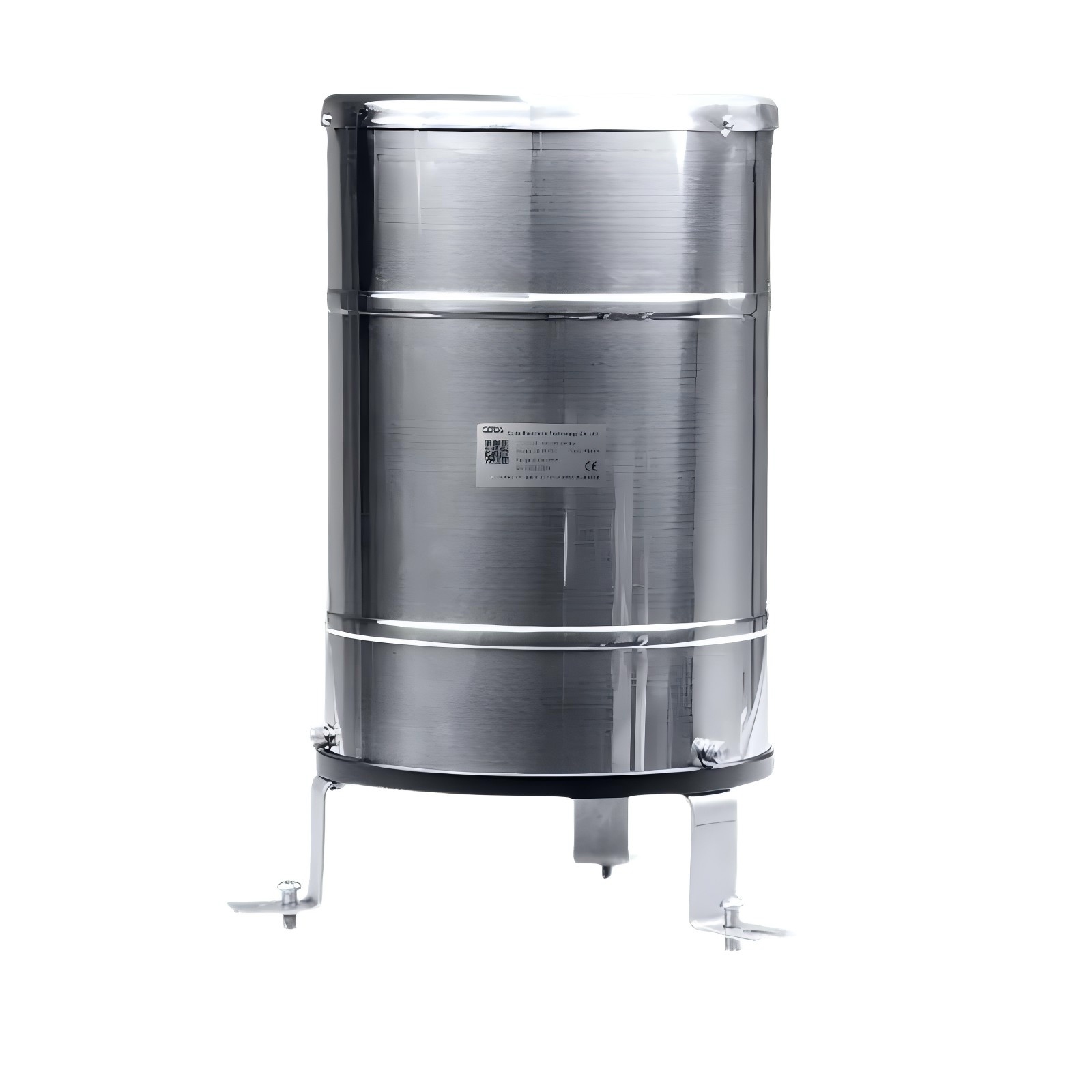Introduction
Rainfall plays a crucial role in agriculture, directly impacting crop growth, soil health, and overall farm productivity. Farmers and agricultural researchers rely on precise rainfall measurement to make informed decisions about irrigation, fertilization, and soil conservation. A rain gauge is a simple and effective tool for measuring rainfall. It helps farmers use water wisely, grow better crops, and reduce climate risks.
A rain gauge is a device used to measure the amount of rainfall over a specific period. It consists of a collecting funnel that directs rainwater into a graduated cylinder or electronic sensor for measurement. Meteorologists, hydrologists, and, most importantly, farmers widely use rain gauges. By systematically recording rainfall, farmers can track precipitation patterns, manage water resources efficiently, and prepare for potential droughts or excessive rainfall.
Optimized Irrigation Management
Accurate rainfall data helps farmers determine when and how much to irrigate.
Prevents over-irrigation, reducing water waste, operational costs, and soil erosion.
Enhances crop health by avoiding waterlogging and root diseases caused by excessive moisture.
Soil and Crop Health Monitoring
Helps assess soil moisture levels to prevent drought stress or excessive wet conditions.
Supports effective fertilization planning by avoiding nutrient leaching caused by excessive rain.
Maintains soil structure by preventing excessive dryness or compaction, leading to healthier plant growth.
Flood and Drought Prediction
Enables early warning for extreme weather conditions, allowing farmers to take preventive actions.
Helps in planning drainage systems, erosion control, and soil conservation measures.
Reduces crop loss by allowing farmers to make informed decisions based on real-time precipitation data.
Data Collection for Smart Farming
Integrating rain gauges with weather stations provides real-time data for precision agriculture.
Supports decision-making for planting, harvesting, and pest control based on historical weather trends.
Helps predict seasonal rainfall trends, allowing farmers to plan crop rotations and water storage strategies effectively.
Climate Change Adaptation
Climate change has led to unpredictable rainfall patterns; accurate monitoring helps farmers adapt.
Rainfall data contributes to long-term climate models, helping policymakers and agricultural scientists develop better strategies for water conservation and disaster management.
Provides a scientific approach to dealing with droughts and floods by utilizing historical data for future preparedness.
Manual Rain Gauges
Simple and cost-effective.
Requires manual reading and recording.
Best for small-scale farms or educational purposes.
Digital Rain Gauges
Provides automatic readings with digital displays.
Can store historical data for analysis.
Suitable for medium to large farms needing frequent data collection.
Tipping Bucket Rain Gauges
Self-emptying mechanism ensures continuous measurement.
Often used in professional weather stations and research applications.
Ideal for remote farms needing automated rainfall recording.
Smart Rain Gauges
Wireless and IoT-enabled for real-time monitoring via mobile apps.
You can integrate it with automated irrigation systems to optimize water usage.
Provides alerts and analytics to assist farmers in water management planning.

Placement: Install the rain gauge in an open area away from trees, buildings, or obstacles to avoid inaccurate readings.
Regular Maintenance: Keep the gauge clean, check for debris or blockages, and ensure accurate readings.
Consistent Data Recording: Record rainfall data daily or integrate with automated weather monitoring systems for continuous tracking.
Combine with Other Sensors: Use rain gauges alongside soil moisture sensors and weather stations for comprehensive farm management.
Analyze Data Trends: Look at rainfall records from different months and years. This helps improve irrigation schedules, predict dry spells, and plan water conservation strategies.
A rain gauge is a vital tool for today's farming. It helps farmers make smart choices about water use. This leads to better crop yields and sustainable farming methods.
With advancements in technology, integrating smart rain gauges into farm operations can further enhance efficiency and productivity. Purchasing a quality rain gauge is a minor action. It brings substantial benefits for farming. It helps ensure long-term sustainability and strength against changing weather.
Discover how water level sensors reduce labor co
Learn how CODA Sensor solar radiation and PAR se
Discover how real-time weather station data impr
Contact: Molly
Phone: +86-17775769236
Tel: 86-0731-85117089
Email: molly@codasensor.com
Add: Building S5, Aux Square, Yuelu District, Changsha City, Hunan Province, China
We chat